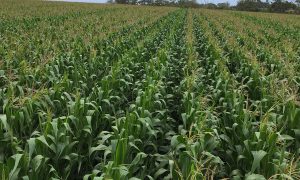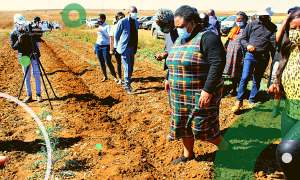South African farmers woke up today paying more for fuel, which is expected to cause a jump in input prices, ultimately affecting food prices in not-so-distant future.
Agricultural production was unforgivably sensitive to changes in energy prices, especially fuel, with crop farmers mostly expected to feel the pinch.
Sorghum shares of energy borne input superseded oats, wheat, corn and barley, which, when all combined had massive impact on farmers operating expenses.
“On the producer’s side, February is normally a quiet month in terms of grain production but we expect that producer inflation will increase in the coming months. There’s an expectation of further food price increases as well” said Dawie Maree, Head of Information and Marketing at FNB Agribusiness.
The Central Energy Fund (CEF) announced a fuel price hike of 80 cents a litre, the highest by far as compared to that of 2019 which was at 55 per cents per litre.
Furthermore, the Rand/US Dollar exchange rate compounded matters which sadly contributed to the increase in Basic Fuel Prices on petrol, diesel and illuminating paraffin.
The average Rand/US Dollar exchange rate for the period 31 December 2020 to 28 January 2021 was at R14.9391 compared to this year at 15.087.
At a farm level, an increase in high fuel prices also meant lower agricultural output, higher prices of agricultural produce, affecting farming income including jobs, triggering consumer and retail food price increase.
” Unfortunately, consumer and retail food prices were affected by energy costs in food processing, distribution and marketing” said USDA in response to the global fuel prices.
Dawie Maree added that this was unfortunate news for producers and consumers in the “sense that transport cost will definitely increase due to this which will have a negative effect in disposable income of the consumers.”
Pressure will be exerted on the economic cluster with the Minister of Finance Tito Mboweni expected to announce bold economic policy reforms in his upcoming budget speech.




















